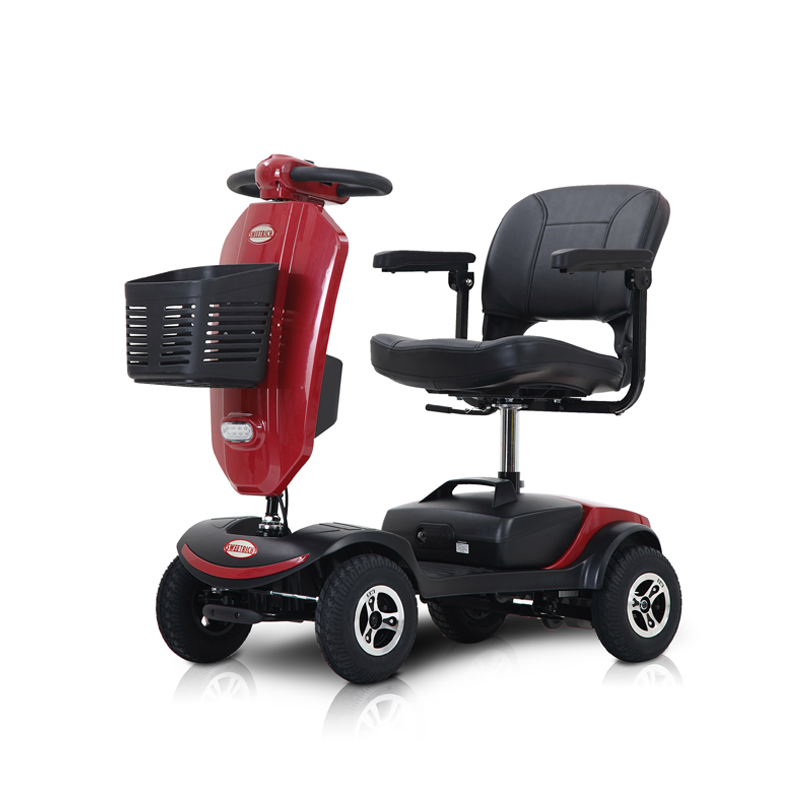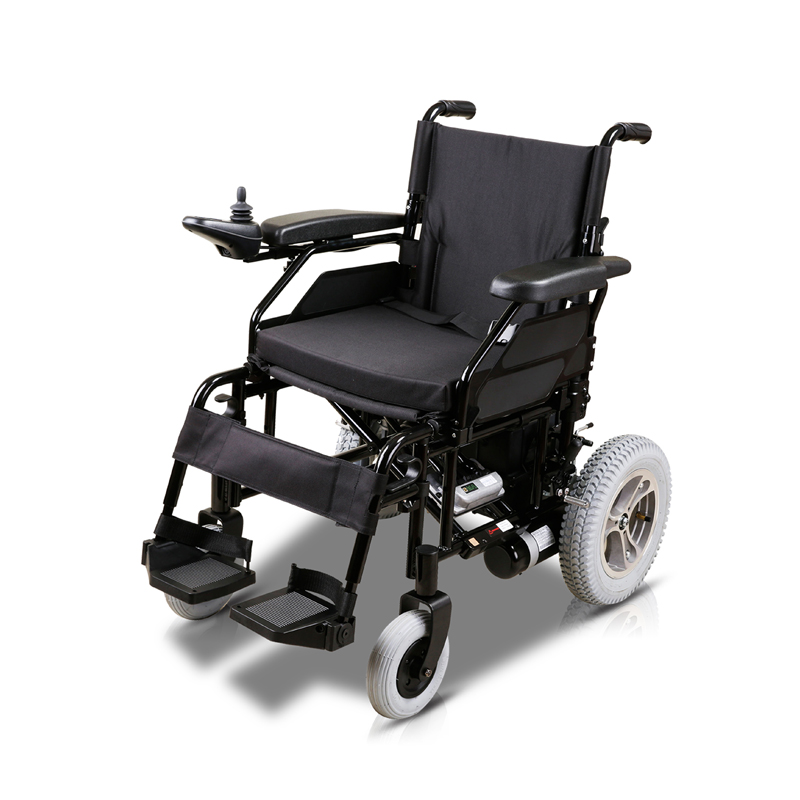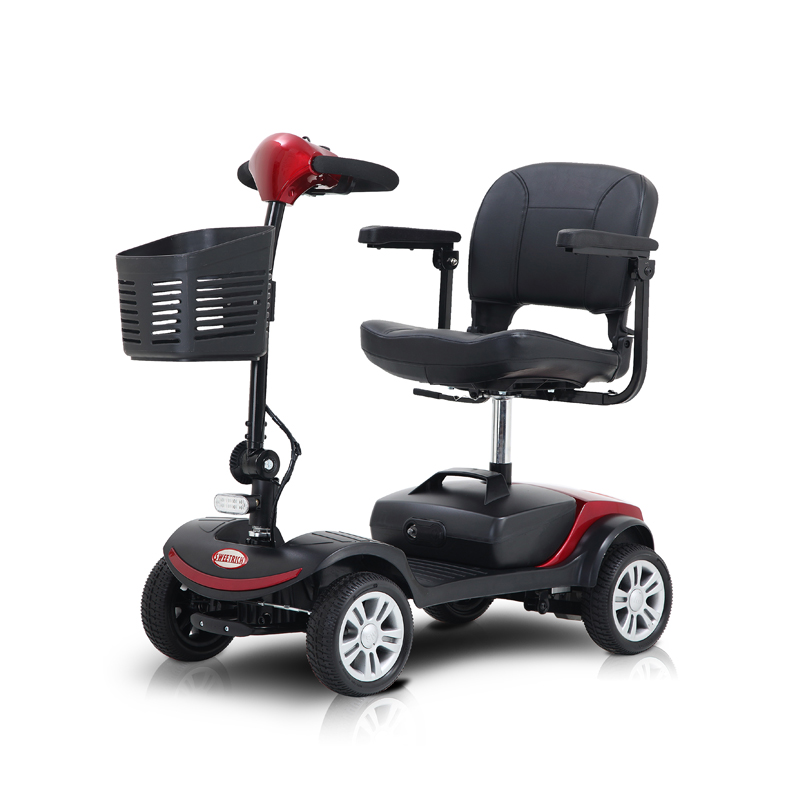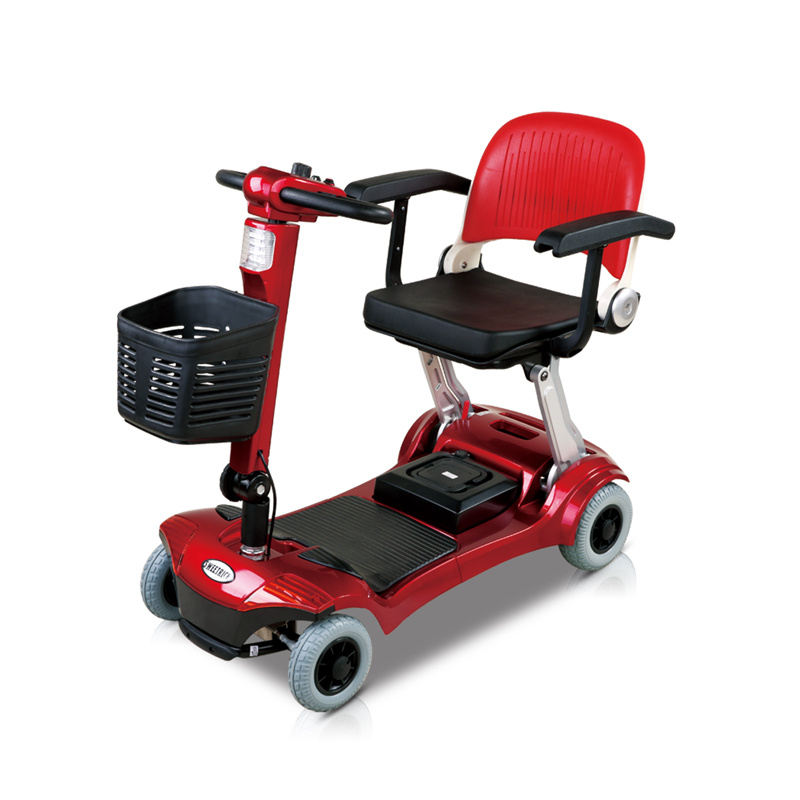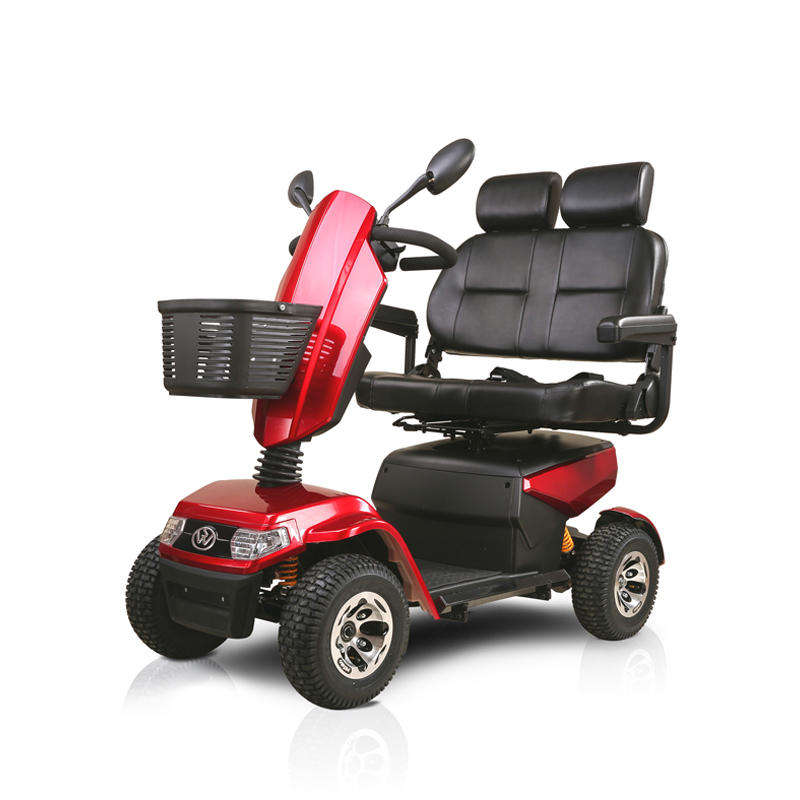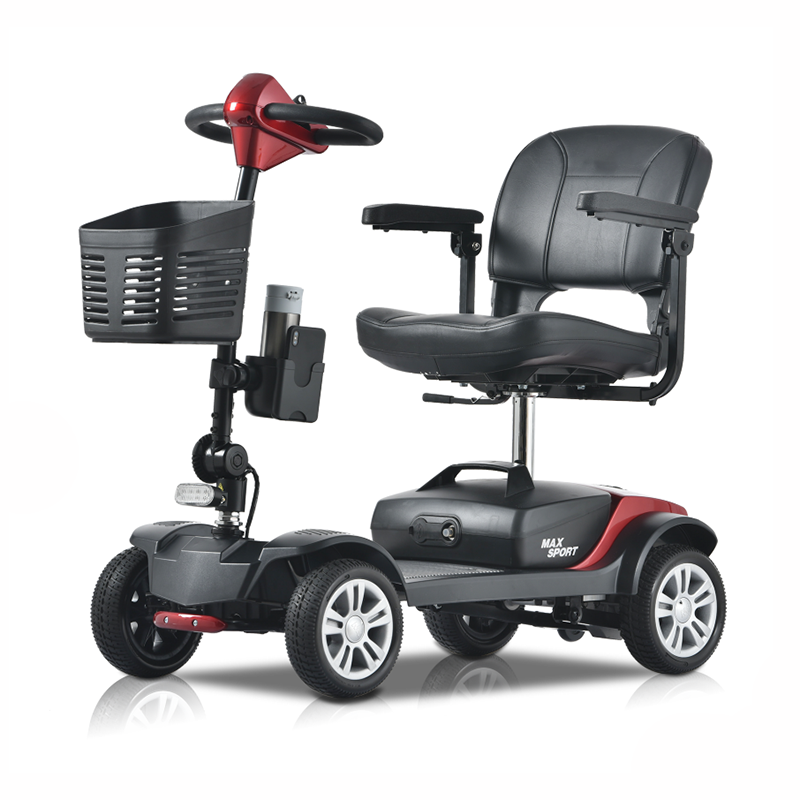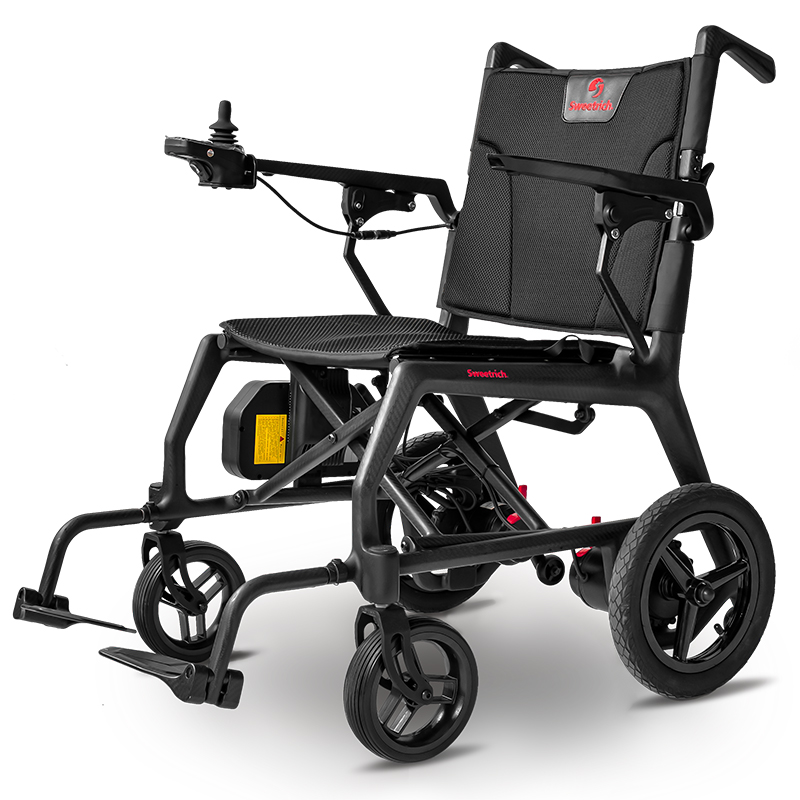Lightweight power wheelchairs generally have seat belts and braking structures as important protection capabilities. These features are crucial for making sure the consumer's safety and providing them with a stable and cushty mobility revel in. In this newsletter, we are able to talk in detail the significance and functionality of seat belts and braking structures in light-weight strength wheelchairs.
Seat Belts in Lightweight Power Wheelchairs:
Seat belts are quintessential protection features in lightweight strength wheelchairs. They are designed to stable the person in their seat and prevent any unwanted motion in the course of transit. Here are some key points about seat belts in energy wheelchairs:
1. Safety: The primary cause of a seat belt is to make certain the safety of the user. It helps to preserve them securely seated and stops them from falling out of the wheelchair, mainly during sudden stops or turns.
2. Protection for the duration of Accidents: In the unlucky event of an twist of fate or collision, a seat belt can prevent the person from being ejected from the wheelchair, which can also result in excessive accidents.
Three. Stability: Seat belts offer balance to the consumer with the aid of keeping them nicely placed inside the wheelchair. This stability is crucial for maintaining stability and lowering the risk of tipping over.
Four. Transportation Regulations: Many transportation policies require the use of seat belts in power wheelchairs for both the person's and the motive force's safety.
Five. Customizability: Seat belts in light-weight energy wheelchairs are often adjustable to accommodate customers with unique body sizes and ensure a cushty match. This adaptability allows for maximum consolation and protection.
Braking Systems in Lightweight Power Wheelchairs:
Braking systems are important components in light-weight electricity wheelchairs as they allow the person to control their speed and are available to a secure prevent when vital. Here are some critical details about braking structures in energy wheelchairs:
1. Control: The braking device permits the user to have complete manipulate over the wheelchair's velocity and movement. By making use of the brakes, the user can slow down, forestall, or keep a desk bound role according to their needs.
2. Safety: The number one function of the braking system is to make sure the user's safety. It offers a reliable mechanism to forestall the wheelchair right away and prevents undesirable motion, especially on inclines or uneven surfaces.
3. Types of Brakes: Lightweight power wheelchairs generally utilize certainly one of braking mechanisms: electronic brakes or guide brakes.
A. Electronic Brakes: Many power wheelchairs feature electronic braking structures that are controlled by using enticing or disengaging the strength of the motors. When the motors are disabled, the wheelchair comes to a prevent.
B. Manual Brakes: Some power wheelchairs consist of guide braking systems, wherein the user applies physical force to interact the brakes. These systems generally have levers or handles placed close to the consumer's fingers for ease of use.
4. Parking Brake: Many energy wheelchairs also have a parking brake characteristic that permits the user to securely park their wheelchair. The parking brake is engaged while the wheelchair is desk bound to prevent it from rolling or moving by accident.
5. Anti-roll Back Feature: Some superior electricity wheelchairs incorporate an anti-roll again feature, which prevents the wheelchair from rolling backward on inclines when the person releases the controls. This feature complements protection and stability throughout uphill maneuvers.
It is critical to be aware that the precise layout and functionality of seat belts and braking systems can range among distinctive fashions and manufacturers of lightweight strength wheelchairs. Therefore, it's miles crucial to refer to the manufacturer's instructions and suggestions for proper utilization and upkeep. It is also advocated to seek advice from a healthcare expert or mobility expert to make sure the seat belt and braking system meet the consumer's unique desires and necessities.
In end, seat belts and braking systems are fundamental protection functions in light-weight strength wheelchairs. Seat belts provide stability, protection, and compliance with transportation guidelines, even as braking systems allow manipulate, protection, and green preventing talents. These functions work collectively to enhance the consumer's safety, consolation, and standard mobility experience.

